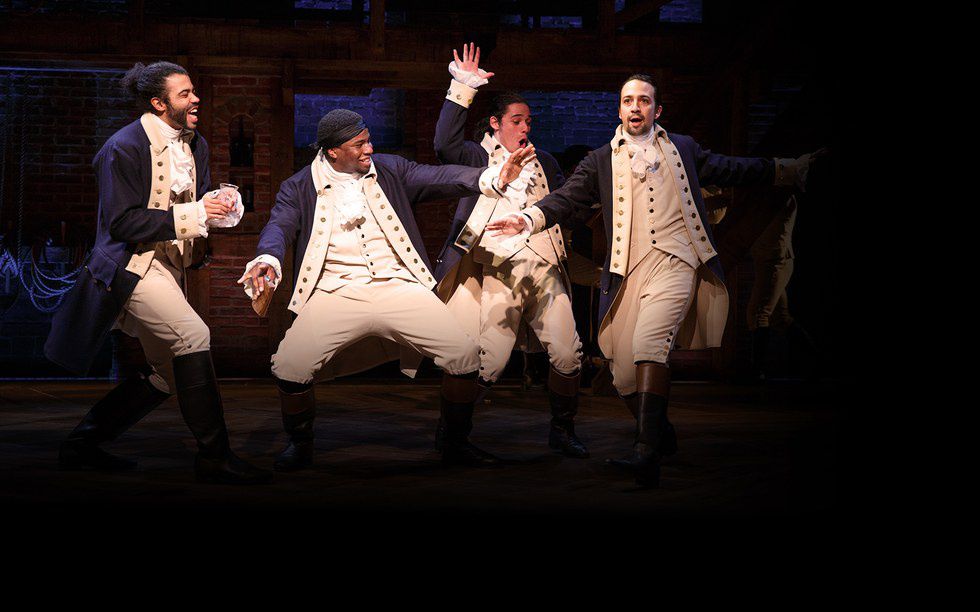After going to New York and seeing the hundreds of people flooding the street, desperate to get a simple ticket to the new smash hit musical, "Hamilton,"I never believed that it could spur any type of controversy. But of course, outrage was sparked. And whom was it sparked by? White people.
On Thursday, the musical posted an open casting call seeking specifically "nonwhite" men and women. Immediately, people struck back claiming that they were being discriminated against because of their skin color.
Oddly enough, this was the same musical that was widely praised for its diversified casting when it opened late last year. However now, when the so called "discrimination" affects those interested in being in the show, cries are being voiced. And heard. The casting notice was changed by the next day the Actor's Equity who changed the open call to include all ethnicities, stating, "Our audition rules are created to provide the broadest access possible for our members to be seen for roles."
Yet, one only has to look at the history of musical theater to see that white discrimination is minimal, if not nonexistent. The majority of musicals created in the Golden Age (pre-1960s), featured a predominately white cast. Many of them are set in historical time periods in which, to maintain complete historical accuracy, a fully white cast is needed (i.e. "The Sound of Music," "My Fair Lady," "1776,"etc.). And while new productions of these musicals use a term called "colorblind casting," it is an easily proven fact that musical theater contain a large multitude of parts for the white actor.
"Colorblind casting" refers to casting directors disregarding skin color when casting their shows. This allows more diversity in the predominately white Golden Age musicals and an ignorance of historical accuracy of the time period depicted in the musical.
But what is amazing about "Hamilton" is that it steps outside of the traditional definition of "colorblind casting" and holds to their insistence of a complete nonwhite cast (excluding, of course, King George). Lin-Manuel Miranda, the creator of the show, had a vision of diversity that represented the American public. As Hamilton himself was an immigrant, why shouldn't a show about him feature all races that built this great nation?
When comparing the ratio of "African-American musicals" to the rest of musical theater, you can notice a huge gap. There are only about 20 musicals in the 100+ years of musical theater that feature a predominately or fully black cast. And with white people purchasing an astounding 76 percent of tickets to musicals, according to Broadway's revenue numbers, diversity is needed to show support and awareness of the other races that make up our nation.
While "Hamilton" has received much acclaim and mainstream support, there is a current rise of African-American musicals on Broadway. Jennifer Hudson stars in "The Color Purple," "The Wiz" is returning to Broadway in the next few months and "Shuffle Along" is currently in previews. "Shuffle Along" is both a revival and an original musical. It presents the 1921 musical hailed by many as the "first successful African-American musical," as well as the history of the show and the struggles it faced as they made their journey to Broadway.
But when 30+ shows open on Broadway every year, having only three with nonwhite casts, is still not a huge step in diversity. What "Hamilton" and "The Color Purple"and "Shuffle Along" are doing is amazing, but diversity in musical theater cannot flourish if nonwhite casting choices are being fought by those with thousands of other opportunities.
Theater should be a community of support, and it is incredibly saddening when this community cannot band together to praise and encourage diversity.








 mr and mrs potato head
StableDiffusion
mr and mrs potato head
StableDiffusion










